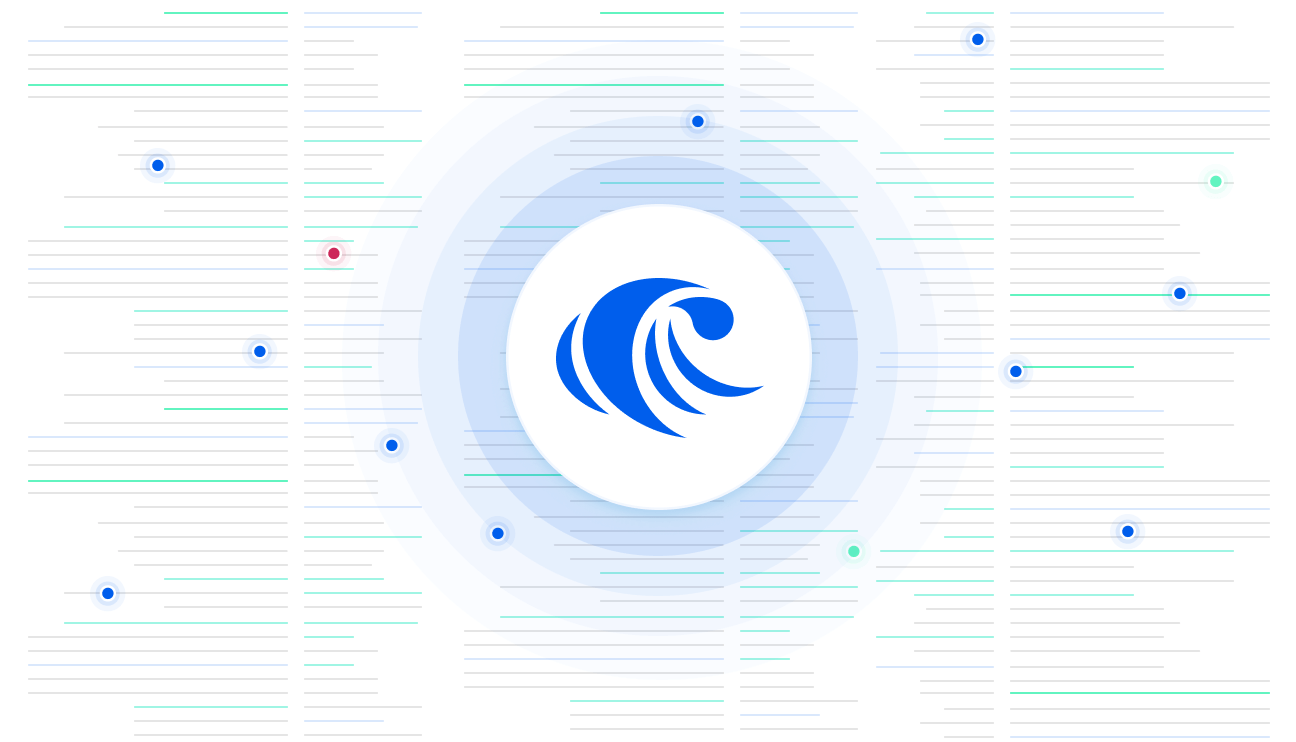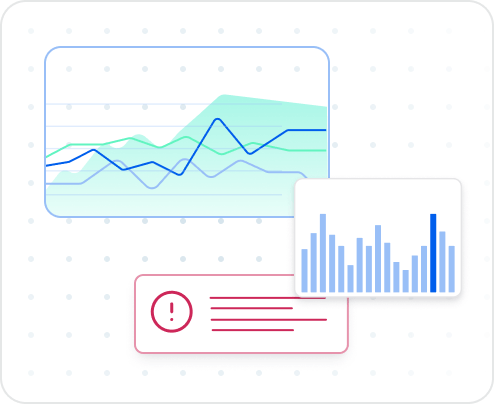Unleashing the power of
real-time data with RisingWave
real-time data with RisingWave
See how organizations build analytics, automation, and intelligent systems on RisingWave's real-time streaming platform.


Trusted by 1,000+ Data-Driven Organizations
to harness continuous insights from both live and historical data.
Trusted by 1,000+ Data-Driven Organizations to harness continuous insights from both live and historical data.
Empowering real-time use cases
Discover the transformative power of RisingWave in these use cases.

Monitoring and Alerting
Continuously monitor real-time event streams to detect anomalies or policy breaches within seconds, and trigger instant alerts through any integrated notification service.

Real-time Data Enrichment
Build scalable, SQL-based real-time pipelines that ingest data from multiple sources, enrich it through efficient multi-way joins, and automatically handle schema evolution and out-of-order events.

IoT and Telemetry Pipelines
Process high-volume device and sensor data in real time to detect anomalies, aggregate telemetry, and feed insights into monitoring and AI systems.

Streaming Lakehouse
Continuously ingest operational data from Postgres, Kafka, and other sources into Iceberg tables. Simplify ELT and ETL with automatic compaction, schema management, and efficient incremental ingestion.

Driving innovation across industries
Explore how RisingWave drives innovation and unlocks value across diverse industries.
Capital Markets
For enabling real-time risk analysis, fraud detection, and trade monitoring for financial institutions.
Learn more
Energy
For monitoring of energy grids, optimizing resource allocation, and detecting anomalies.
Learn more
Manufacturing
For real-time monitoring of production lines, predictive maintenance, and supply chain optimization.
Learn more
E-commerce
For enabling real-time customer segmentation, delivering personalized experiences, and reducing cart abandonment.
Learn more









